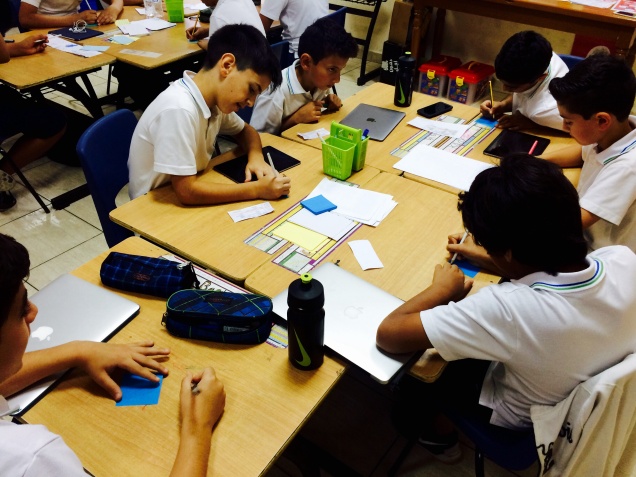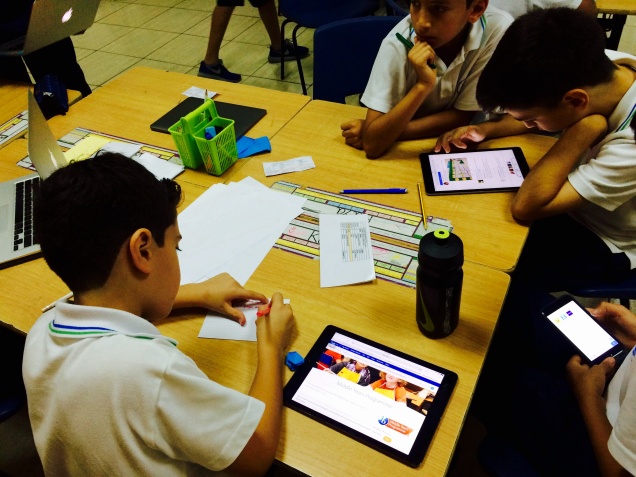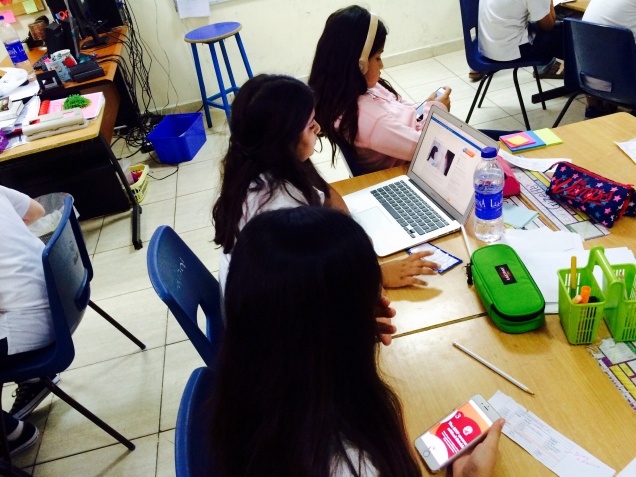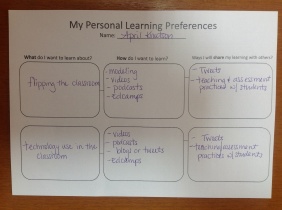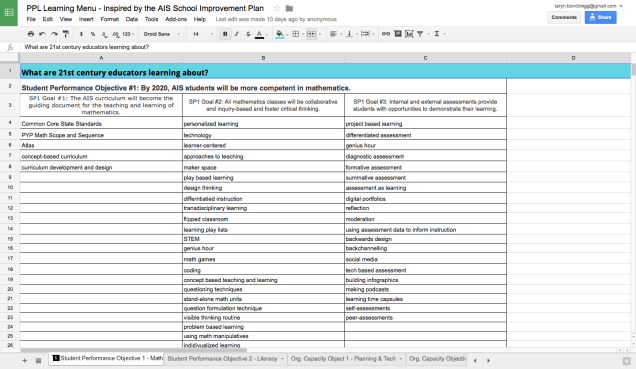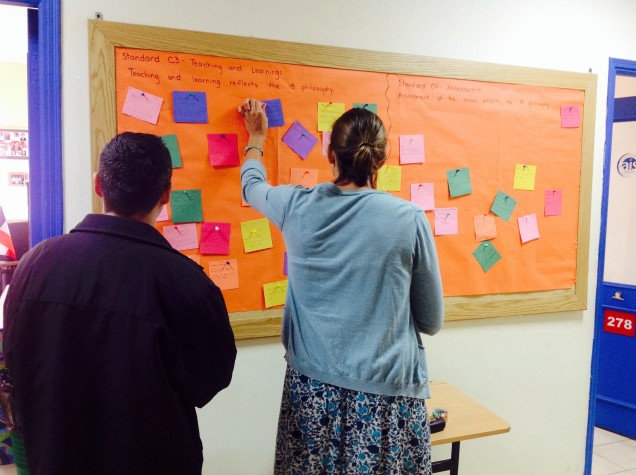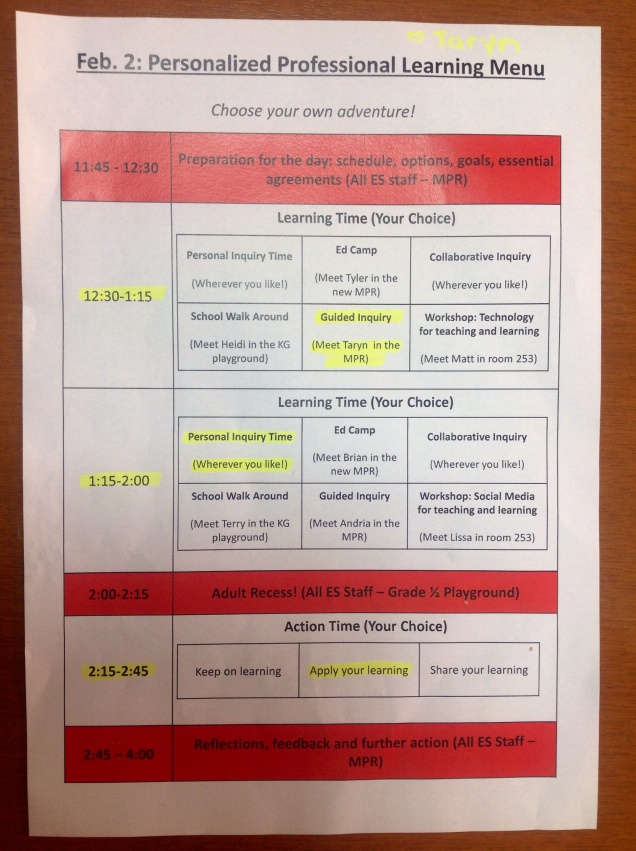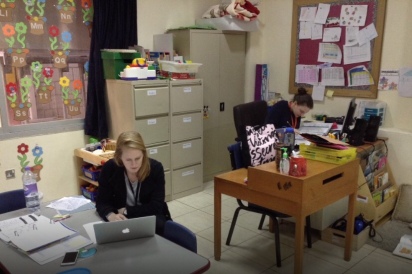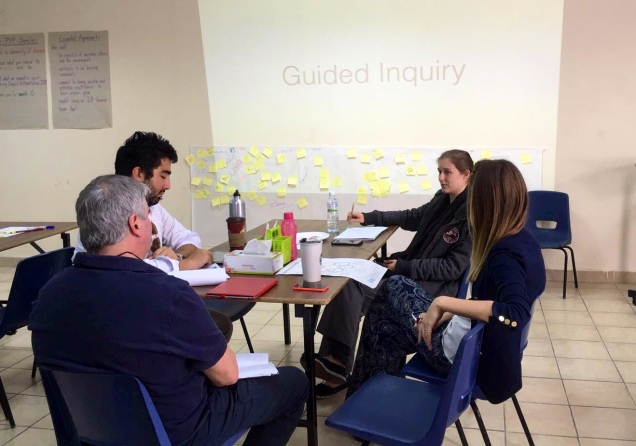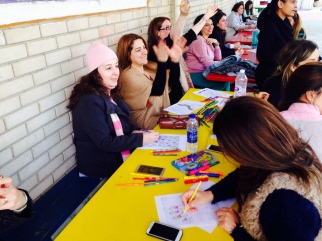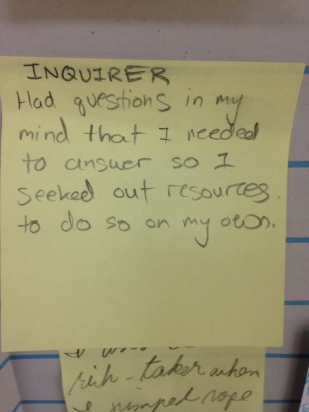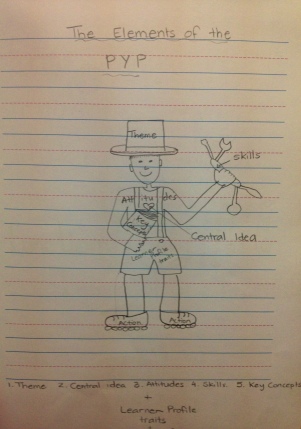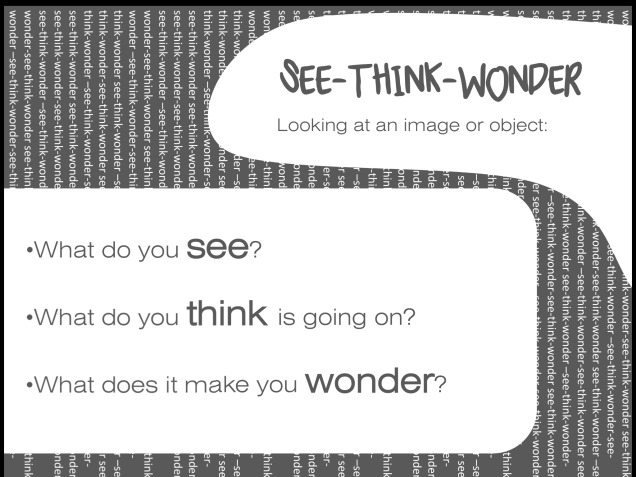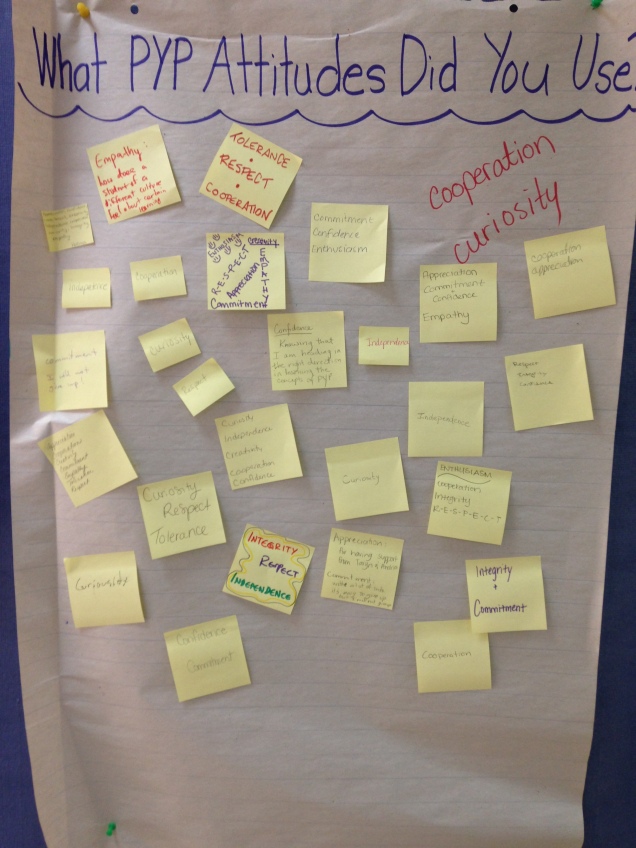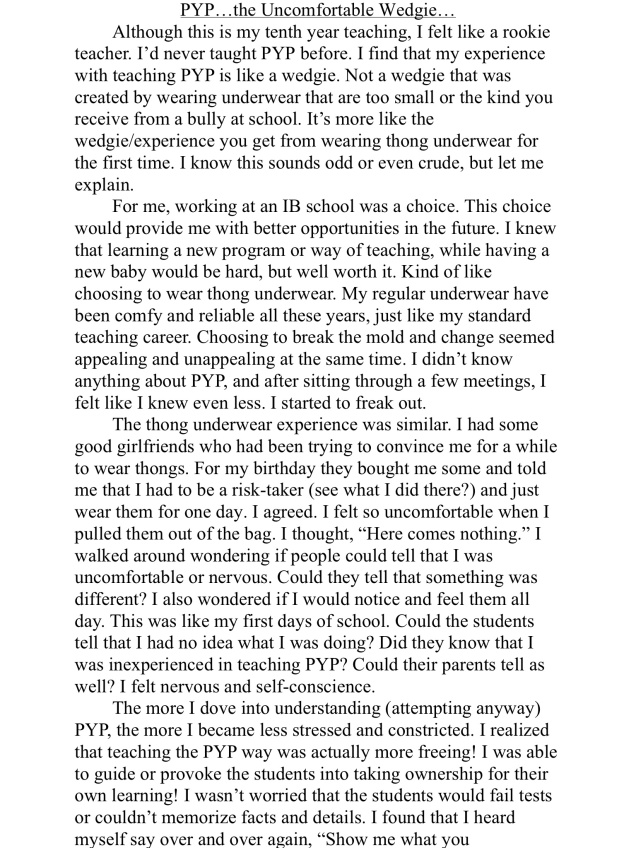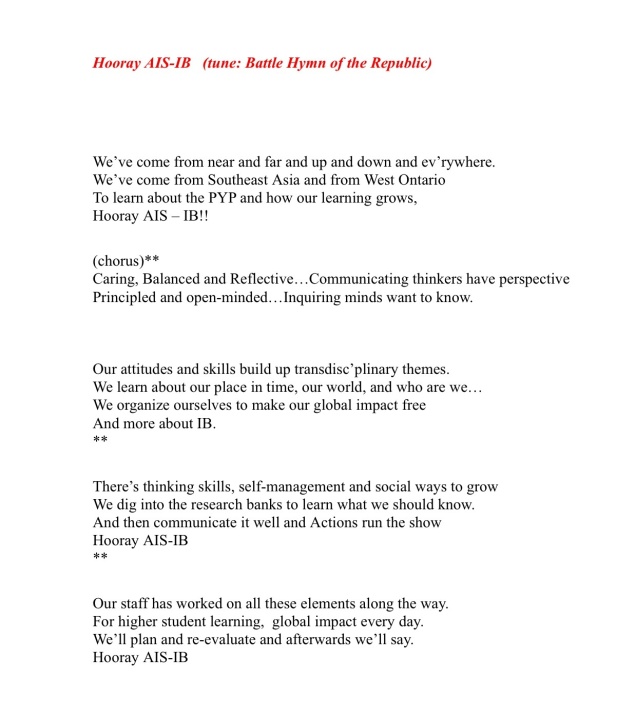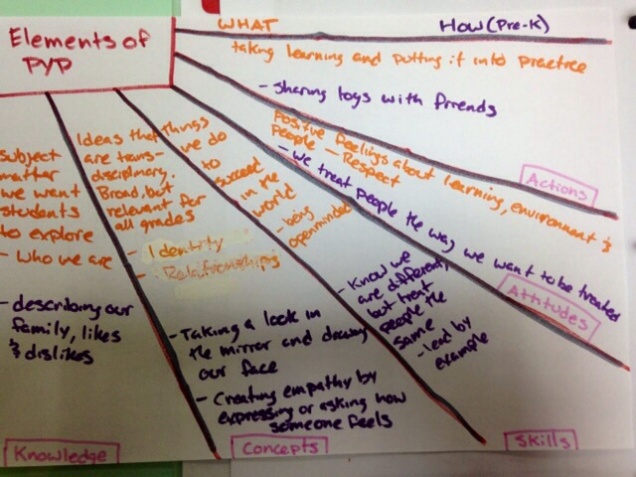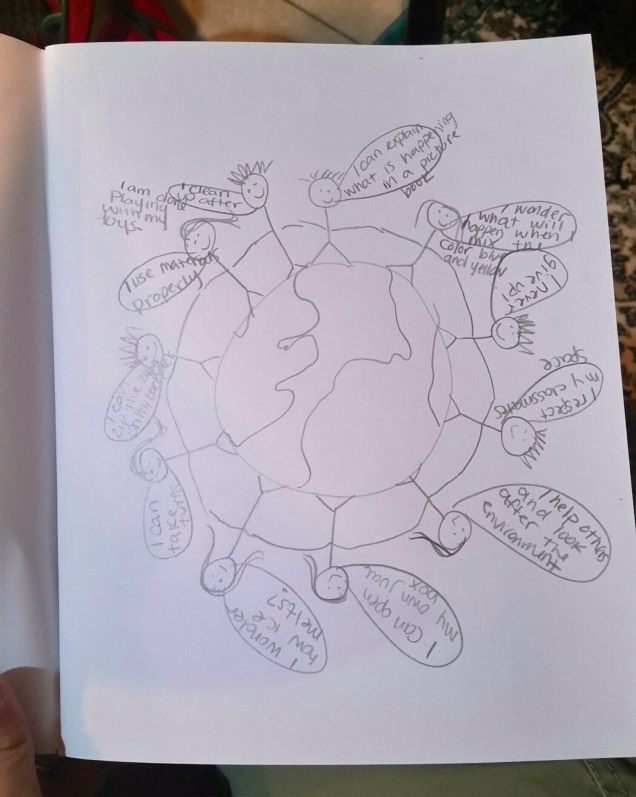Last year I shared my teams’ dissatisfaction with the typical PYP approach to planning Units of Inquiry for students – especially within a context aiming to respect and support student agency.
Last year, I also shared my team’s first attempt at Units of Inquiry planned by students, as well as an update later on in the year as the process evolved.
This year we continue to grow and refine the process… always reflecting… always iterating… never satisfied. Keeping the parts of the process that were successful last year, ditching things that weren’t and trying new things we hope can make the process even better.
Here is a synopsis of how we’ve changed and improved the process from last year:
Starting with motivation and purpose
Similar to last year, we spent the first week inquiring into motivation and supporting students to uncover what their purpose might be.
Here are some of slides that helped us in our own planning, as well as guiding the students’ planning.




Something new we tried this year was having students think of their own, “why, how and what” when they were committing to their purpose. This in-between step helped them begin the thought process of unit planning, but in a very simplified way.

This simple, first step was really effective at helping students to begin to think about their journey.




This year, we also joined the community of learners – following each and every part of the process alongside our students.

Here is a link to the slides we used to guide this process with students.
Finding Connections
Something new we tried this year, was helping students find connections – both among their peers and within the school community.
First we decided to post all the students’ purposes in a central location. We chose to organize them by TD themes to help with our own tracking and horizontal articulation over the year.






Once all 120 students’ purposes were posted, we realized that although they were organized by TD theme, it would be helpful to also organize them by category. So we decided to look for trends and colour-code them based on what we noticed.




Then we decided to invite anyone and everyone who worked at the school that might have something to offer our students – single-subject teachers, coaches, our CAS coordinator, our Head of School etc. We asked them to do two things:
1. Analyze the students’ purposes and do a “see, think, wonder” leaving post-it notes with advice, observations, suggestions and questions.


2. Fill in a poster about what you are willing to help with and how you prefer to be contacted by the students.



As soon as the first post-it note and “I Can Help With” poster went up, students were at the boards, taking notes, photos and videos of anything and anyone that might help them achieve their purpose.


Unit Planning
Similar to last year, we had students go through the unit planning process. We felt it really helped them take their vision, and break it down into more manageable bits and pieces.
To simplify the process, this year my team spent a lot of time debating the different unit planners we used last year and reached consensus (which is rare for us!) about a unit planner that was simple, effective and aligned with the PYP planning process.

Tracking
Something new we are also trying his year, is to do a better job tracking all the different UOIs to be able to document horizontal articulation. Although last year we knew there was breadth and depth of exploration across all six TD themes, because we were all new and figuring it out as we went, we didn’t have a process for keeping track of it all.
This year we’ve decided to create a database that will document each student’s personalized UOIs over the course of the year, creating somewhat of a personalized program of inquiry.

This will allow us to see which TD themes have been explored by which students and therefore which TD themes and students might need a nudged over the course of the year. It will also provide a record that we can share with IB visitors during evaluation visits to show that we are meeting the Standards and Practices of students engaging with all six TD themes in their final year of the PYP.
Self-Evaluations
Another element of the process we wanted to keep from last year, was having students evaluate their own learning (i.e. write their own reports). However, we felt that it wasn’t only important for students to evaluate their own learning upon the completion of their unit, but also the creation of their unit.
So after students created their own personalized UOI, they formally evaluated their understanding of their own motivation and indicators of success.
We provided them with the following guiding questions:
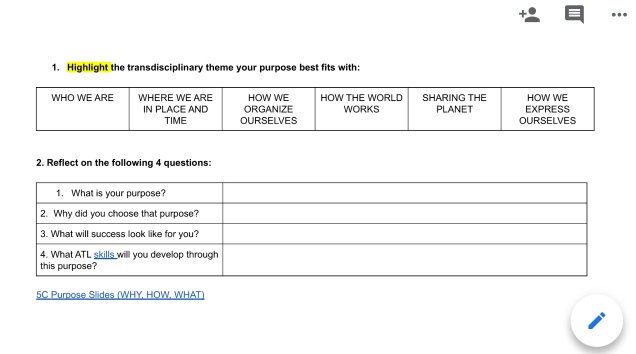
Then we responded to their self-evaluation based on our own observations and assessments of the unit creation process.




After six weeks we will follow the same procedure as last year, asking students to reflect on and evaluate their motivation and success in order to make an informed choice whether to “pivot or preserve”.
Parent Involvement
Something new we are going to try is involving parents more in supporting the students throughout their Units. Last year we had a few parents come in as experts, but we felt the process could be much more intentional and organized.
First we reached out to parents to see who might be interested in donating time and expertise to support our students’ Units.



From here, we are planning to look at the data and begin to create a sustainable structure of matching up parents who have something to offer, with students who are looking for help.
Something from last year that worked really well that we plan to do again this year, was inviting parents in for a UOI consultation. Parents came in and sat with their their child, looked at their unit plan, the documentation and evidence and both celebrated their progress as well as offered advice and suggestions about next steps.

We’re only a few weeks in… but it’s been a wonderful few weeks! It’s been great to see students start to explore their purpose, build connections, reach out to experts and take action! The buzz is real!













Photo credits: @puglifevn @juoulette @phuhua
Overall, the changes and improvements have had a positive impact on maintaining the integrity of student voice, choice and ownership in the process while balancing the expectations of the program.
As usual, we will continue to reflect and refine as we go… and I’ll keep sharing our journey with you along the way!
How do you ensure Units of Inquiry are significant, relevant, engaging and challenging for each student?






